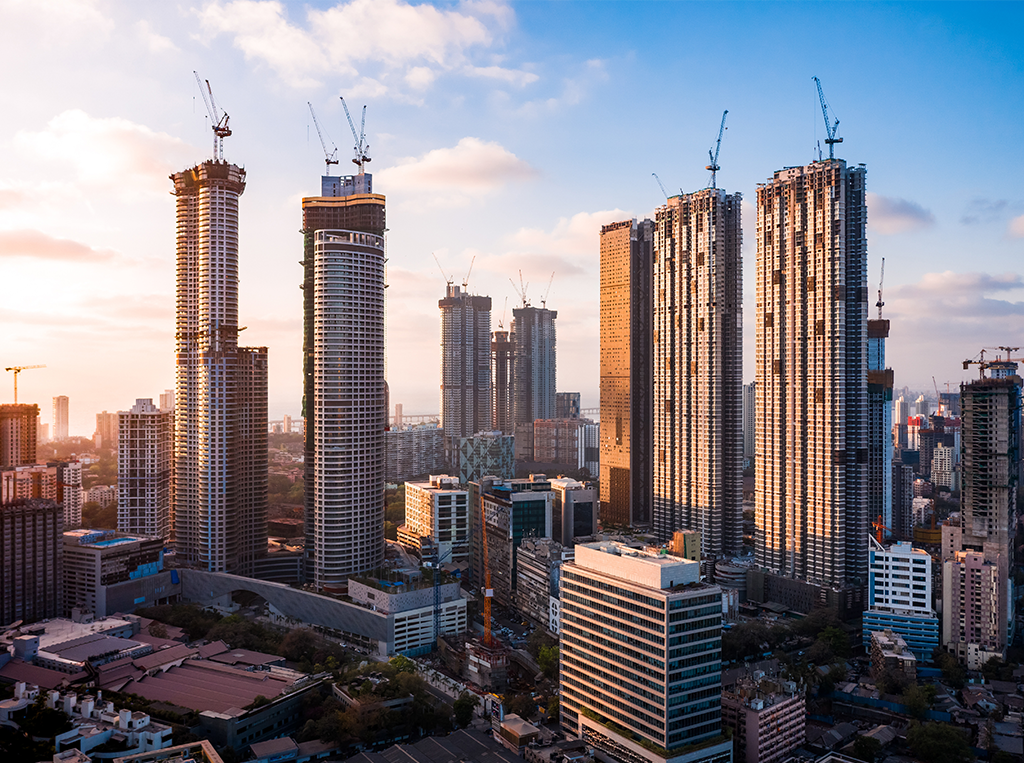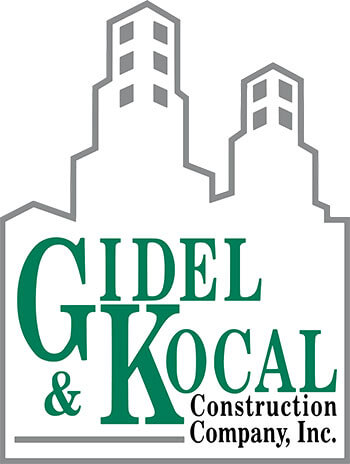There are several types of commercial buildings, most of which are used for different purposes. With over 40 years of experience, our knowledge base of the different types of commercial buildings is extensive which makes us experts when it comes to commercial construction in the Bay Area and surrounding areas in Central and Northern California. If you’re considering a commercial buildout, the first thing to identify is the type of commercial building you need.
What Is a Commercial Building?

Commercial properties are structures intended for commercial use, whether public or private. Their infrastructure is designed for a variety of activities including retail, industrial operations, medical processes and procedures, general office work, and more.
Why Are There Different Types of Commercial Buildings?
Different types of commercial buildings require specific features, requirements, and needs to fit the tenant or owner. For example, life science buildings need the infrastructure for cleanrooms and labs, while office buildings typically need the space for onsite employees and lobby areas. Additionally, medical facilities have unique requirements and must adhere to the building standards set by the Office of Statewide Health Planning and Development (OSHPD).Institutional buildings, on the other hand, like those used for higher education may need space for 100-person lecture halls, independent labs, 10-person classrooms, and even dormitories. The success of a commercial building is often intertwined with its ability to cater to the specific needs and demands of the businesses that occupy it.
What Are the Most Common Types of Commercial Buildings?
Commercial building types may be categorized differently but the essence of what makes each type distinct from one another remains consistent.
1) Industrial
Characteristically spacious, industrial buildings take many forms, commonly with large, open floor plans and high ceilings. The combination of functionality and design are meant to accommodate industrial activities including loading docks, production, manufacturing, assembly, warehousing, research, storage, and distribution.
Within the industrial commercial building sector are a few subcategories, including:
● Manufacturing facilities are dedicated spaces or complexes where various processes are undertaken to transform raw materials, components, or parts into finished products on a large scale. These facilities are essential components of the industrial sector and play a crucial role in producing goods for consumer, commercial, and industrial use.
● Warehouses are specialized facilities designed for the storage, organization, and distribution of goods, materials, and products. Warehouses provide a central location for the temporary storage of items and are used by various industries, including manufacturing, retail, e-commerce, logistics, and wholesale distribution.
● Flex-use industrial buildings, also known as flex spaces or flex facilities, are a versatile type of commercial property designed to accommodate a combination of uses, often blending industrial, commercial, and office functions within a single structure. Flex-use buildings are designed to be adaptable to various business needs and well-suited for businesses that require a mix of warehouse, manufacturing, distribution, office, and showroom spaces.
2) Retail
Commercial buildings serve a diverse range of purposes, with their uses playing a pivotal role in shaping their design and function. For instance, retail locations extend beyond being mere spaces for transactions, as they also facilitate customer engagement. From clothing stores and barbershops to commercial banks and credit unions, the size and functionality of retail buildings vary widely, encompassing everything from sprawling mall complexes to standalone pad sites.
Another integral facet of retail commercial buildings are restaurants, which holds a spectrum of dining experiences, including cafes, upscale eateries, fast-food chains, and takeout spots. Within the world of commercial building, restaurants stand as unique entities, characterized by elements such as sizable commercial kitchens, storage areas, seating arrangements, and public restrooms. While a basic blueprint exists, the layout of a restaurant largely hinges on interpretation, offering a blend of challenges and rewards for those undertaking these projects.
3) Office
Used by business professionals, office buildings depending on size, class, and occupancy may have different requirements. For example, general office buildings with a high occupancy will usually have at least one staircase and perhaps an elevator depending on the number of floors. Office buildings may also include lobby areas and common areas like lounges and/or cafeterias.
Another type of office building is a medical or dental office. This type of commercial building varies from traditional office spaces in that it will be divided into smaller areas for exam rooms, waiting rooms, and sometimes even procedure rooms.
Office buildings are classified into three types:
● Class A office buildings are the “most prestigious buildings competing for premier office users with rents above average for the area,” and they have a “definite market presence.” They possess high-quality building infrastructure, first-class finishes, high-end tenant improvements and state-of-the-art technological capabilities. Class A office buildings tenants don’t just seek these spaces for their employees but also for clients to leave a great impression.
● Class B office buildings “compete for a wide range of users with rents in the average range for the market.” These fully-functional buildings don’t typically boast the same high-end fixtures, architecture, and striking lobbies as Class A buildings but still have higher-quality tenant improvements and ensure employees have a comfortable, modern workspace.
● Class C office buildings, which often cater to small businesses that are industrial or service-oriented with tenants on a budget who need functional space at rents. Class C office spaces may be sold to investors as fixer-uppers, or they may be small physical locations out of which companies can run their administrative duties while the bulk of their work occurs elsewhere.
4) Healthcare Facilities
Although similar to medical and dental offices, healthcare facilities encompass a range of institutions such as hospitals, clinics, medical offices, and specialized treatment centers. Constructing a healthcare facility demands careful planning, adherence to regulations, and consideration of unique requirements to ensure a safe and efficient environment for both patients and medical professionals. Zoning, regulatory compliance, infection control, and medical equipment are some examples of the complex process that demands collaboration among architects, engineers, medical professionals, and regulatory authorities for healthcare facilities. The design should prioritize patient care, safety, and comfort, while also accommodating technological advancements and future expansion needs.
5) Multi-Use Properties
Multi-use property stands as a testament to modern urban planning, seamlessly merging diverse functionalities of retail stores and condominiums, individual apartments, or townhomes. This innovative concept embraces the “live, work, play” mindset, fusing convenience, community, and commerce designs to orchestrate spaces that cater to the needs of residents and visitors. Multi-use properties catalyze economic activity with 51% of its floor space dedicated to commercial activities, such as retail, restaurant operations, or services thus distinguishing them from purely residential edifices.
6) Hotels/Hospitality
While hotels contain residential features like areas for sleeping, eating, bathing, and partaking in leisure activities, they are still decidedly commercial buildings. Hotels, motels, and inns fall under the Residential Group R-1 occupancy, defined as containing sleeping units where the occupants have a turnover rate of less than 30 days. Additionally, these commercial spaces have the opportunity to engage in accessory on-site retail transactions such as eating at the hotel’s restaurant, using spa services, and offering further services in exchange for payment. Hotels are ultimately profit-driven operations, following commercial practices, adhering to relevant regulations, and competing in a competitive market to attract customers.
7) Special Purpose Buildings
The final category of commercial buildings could be classified as miscellaneous because it encompasses a wide range of other types of structures. Casinos, churches and religious institutions, airports, bowling alleys, recreational centers, and a host of other commercial building types fall into this section.
In reality, there are endless possibilities when it comes to the construction of a commercial building. The key to ensuring that your next project gets built to your exact specifications, budget, and timeline is to partner with a trustworthy, experienced general contractor like Gidel & Kocal. With extensive experience in the commercial building space since 1980, our team has always remained committed to quality, precision, and efficiency. We employ a customer-centric mentality and go above and beyond to ensure that we not only meet but exceed our clients’ expectations.
Ready to get started with the construction of your commercial building? Contact the team at Gidel & Kocal today.
